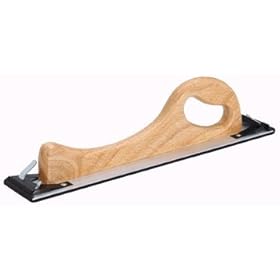Another call for help from you body shop guys..
i already got the answer for how to prepare the bumpers.
Is there a difference in the vert hoods? i got one for my coupe. but seems a bit weird....
Last queston...i need to sand the hood/fender...what grit size is needed?
IF ITS THE SAME PROCESS AS THE BUMPERS. PLEASE JUST SAY SO. SO WE ALL SAVE TIME
i already got the answer for how to prepare the bumpers.
Is there a difference in the vert hoods? i got one for my coupe. but seems a bit weird....
Last queston...i need to sand the hood/fender...what grit size is needed?
IF ITS THE SAME PROCESS AS THE BUMPERS. PLEASE JUST SAY SO. SO WE ALL SAVE TIME





Comment